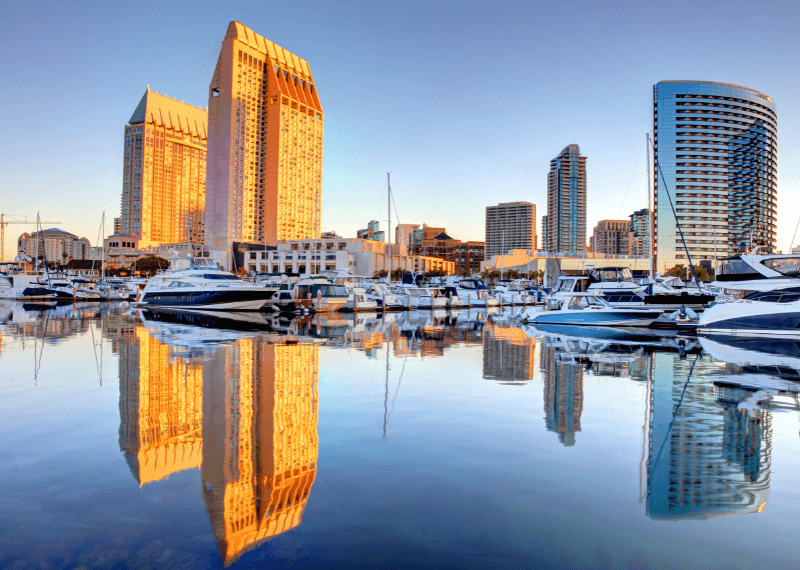This article is written by a California lover to help you familiarize yourself with the different areas and costs of living. CA is huge and there is so much to explore.
We give you our pro tips and most importantly our restaurant recommendations to get you started on the right foot.

